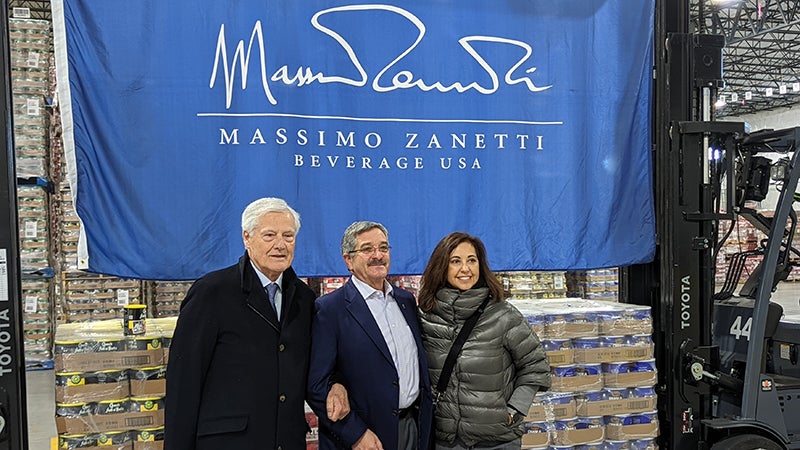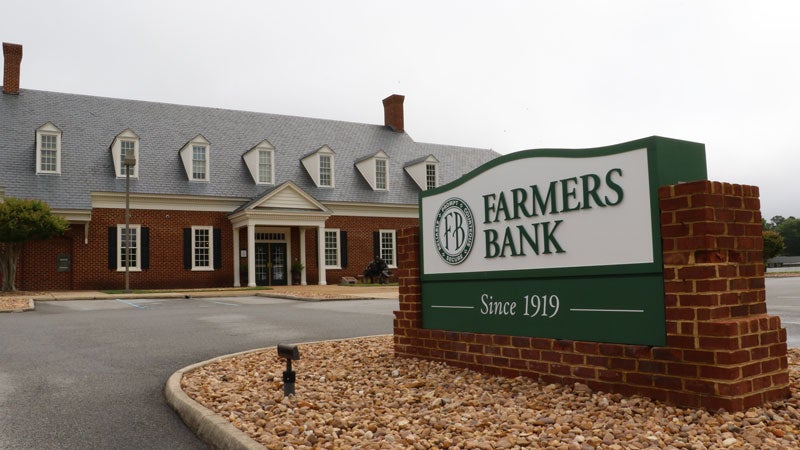Has the Trump economy boosted investments?
Published 10:48 pm Thursday, October 25, 2018
By Arie Korving
The Labor Department reports the unemployment rate at 3.7 percent in September, the lowest since 1969, and the economy is growing at a pace that caused the Federal Reserve to worry about “overheating.” To understand how we got here, we need to put things in perspective.
Let’s look back 10 years, when the country was still reeling from the “Great Recession,” what began as a real estate bubble and ended up nearly destroying the country’s financial system. As banks collapsed, the Federal Reserve rode to the rescue, bailing out some institutions and forcing others into shotgun marriages. In an effort to stimulate the economy, interest rates were reduced to virtually zero as the Fed initiated a series of moves designed to get the economy moving again.
The U.S. stock market dropped nearly 50 percent. Eventually industry regained its footing, cleaned up the mess and began reporting profits again. Over the following eight years, the Dow Jones Industrial Average generated a very respectable 11-percent annual rate of return. While the stock market was off to the races, the economy was aptly described as a “plow horse economy.” The average annual growth of gross domestic product (GDP) was 1.5 percent from 2009 through 2016, the years of Obama’s presidency. Many economists called this the “New Normal.” However, part of the reason for increased corporate profits was cost-cutting by out sourcing. Millions of manufacturing jobs were moved overseas, and the millions of people who had historically depended on these jobs saw living standards stagnate or decline.
The unexpected election of Donald Trump was followed by predictions of doom from all sides of the aisle. Paul Krugman, the Nobel Laureate economist who writes a column for the New York Times, predicted that the markets would crash and never recover. It hasn’t played out that way. Even before his inauguration, the stock market reacted with what was called the “Trump Bump.” Since the beginning of 2017, the stock market has risen at an annualized rate of 17 percent.
It was not just stocks that reacted to Trump’s election. The economy appears to be growing at twice the old rate. While third quarter numbers are not in yet, the U.S. Bureau of Economic Statistics reports that real gross domestic product increased 4.2 percent during the second quarter.
Trump ran on a platform of tax cuts, reduced regulation and re-writing trade agreements to bring manufacturing back home. He has worked diligently to implement these promises. By reducing corporate tax rates to 22 percent, he has provided an incentive for American multinational corporations to bring profits home instead of leaving them overseas. This lower rate also reduces the incentive for companies to move their headquarters to countries with much lower tax rates. Known as “inversion,” some well-known American companies like Medtronic, McDermott, and Seagate had officially moved their headquarters to low-tax countries like Ireland.
Taxes for most individuals have also declined modestly as rates have been lowered and the personal exemption has doubled.
The Trump administration has reduced the regulatory burden on the energy industry and encouraged energy exploration. As a result, the U.S. is now the No. 1 global producer of natural gas and second in oil production. This makes us less dependent on imports and produces some of the best paying middle-class jobs in the country.
Finally, using the threat of tariffs against our trading partners, Trump is re-defining old trade agreements. That fact is that since World War II, the U.S. has had low import tariffs while many of our largest trading partners have had high tariffs. That meant that jobs have moved overseas and it has been harder for American manufacturers to produce goods for foreign export. Using the lever of punitive tariffs, the Trump administration has created new bilateral agreements with Korea, Mexico and Canada. The fact that the U.S. remains the world’s largest economy gives other countries a huge incentive to negotiate trade deals that deal more fairly with American producers.
All this is good news for workers and for the stock market. The market is a leading indicator, meaning that it anticipates future economic activity and — despite what you may hear about a coming recession and warnings of a bubble — the market anticipates continued economic strength. All three major market indexes, the DJIA, the S&P 500 and the NASDAQ, set record highs during the third quarter.
Interest rates are rising. The Federal Funds rate has moved from 1 percent to 2 percent over the past year. Long-term interest rates are still low by historical standards. The U.S. 30-year Treasury bond yields around 3.4 percent; the 2-year rate is 2.9 percent. Rates are still too low to make bonds an attractive income producer. However, they are important as a counterbalance to risk in the stock market.
We’re sure the economy will eventually face another recession. However, based on the current economic climate we do not see one in our forecast.
Arie Korving is a certified financial planner with Korving & Company. Contact him at arie.korving@korvingco.com.






